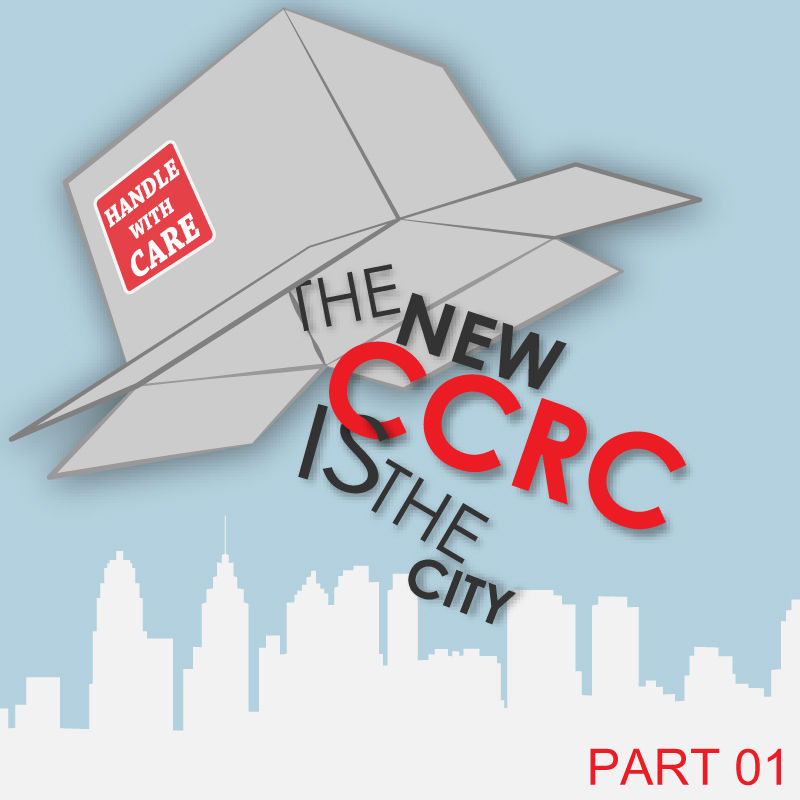Also known as “life care” communities, Continuing Care Retirement Communities (CCRCs) are residential campuses that support senior residents for life by providing the full continuum of senior housing, care and socialization from independent living to nursing care. Most are located in the suburbs or on the fringes of cities. Unfortunately, many aging adults today are not financially able to move to a CCRC. Meanwhile, the AARP estimates nearly 90% of seniors want to stay in their neighborhoods as they age, with a rapidly growing proportion choosing to live in cities.
As the senior living industry responds to this trend, some CCRCs are thinking out of the box, and outside of their walls. “CCRCs without walls” are a new concept, providing “life care” to seniors at home and for much less cost. The program also allows “at-home” members to enjoy amenities on campus. Other senior living communities are partnering with home health providers to

